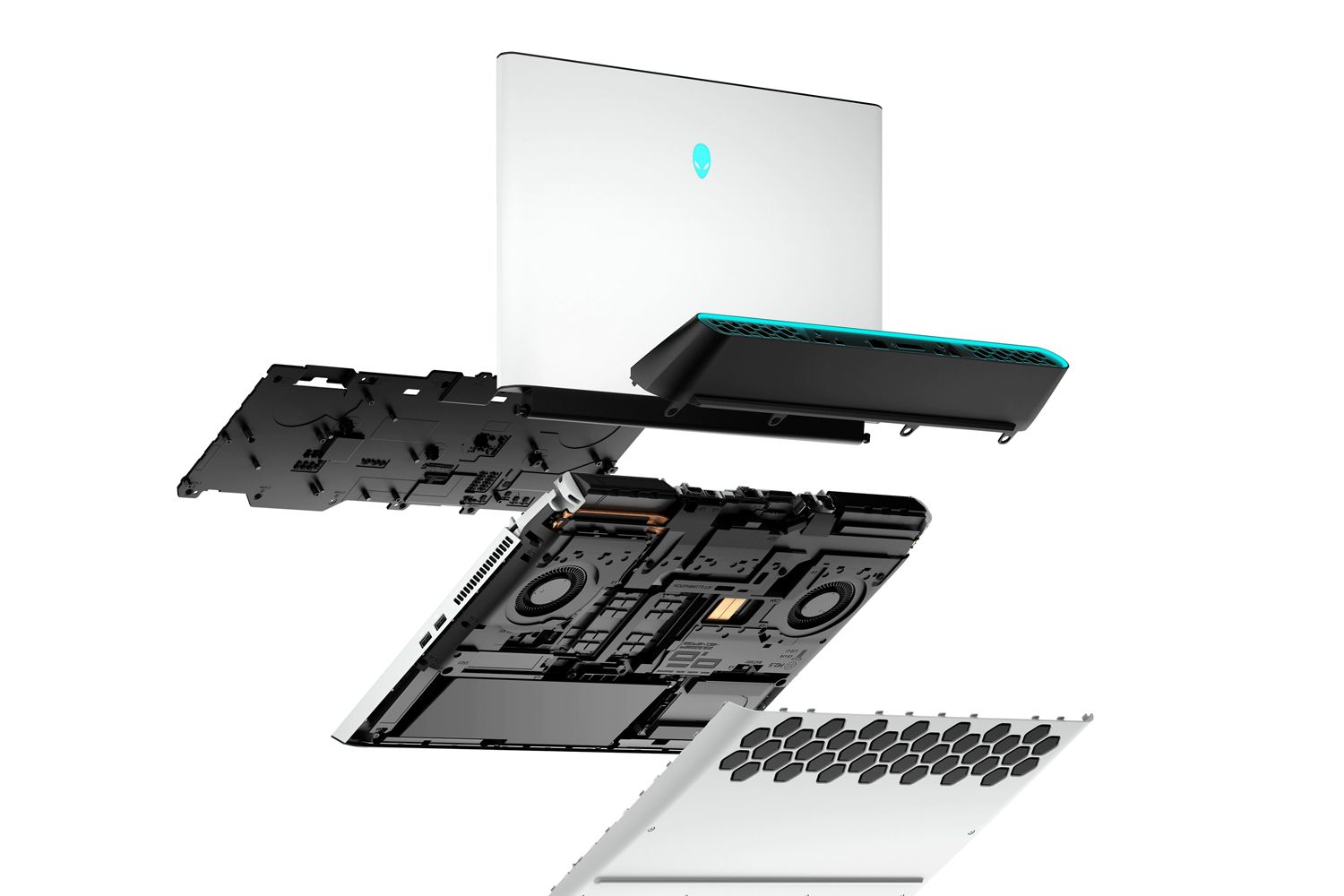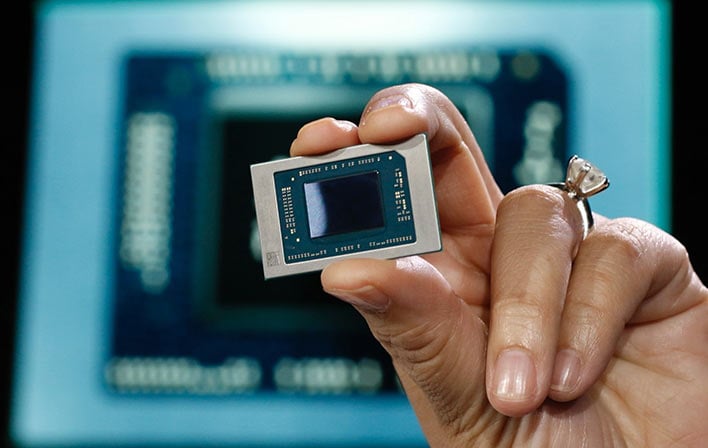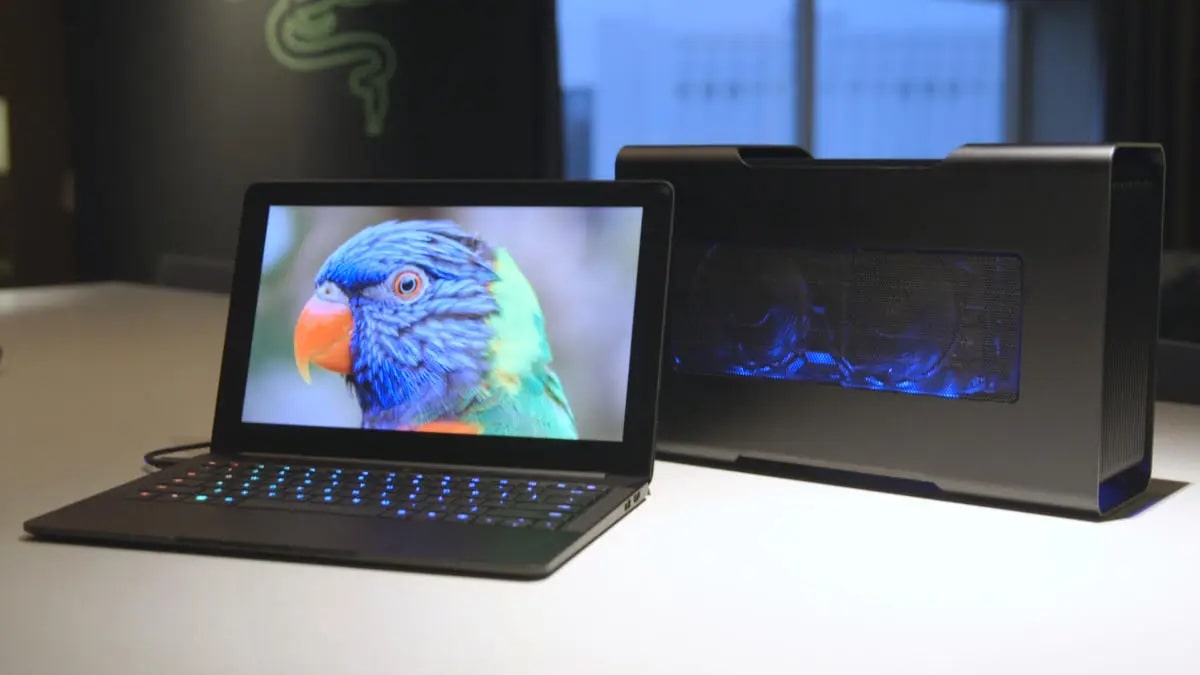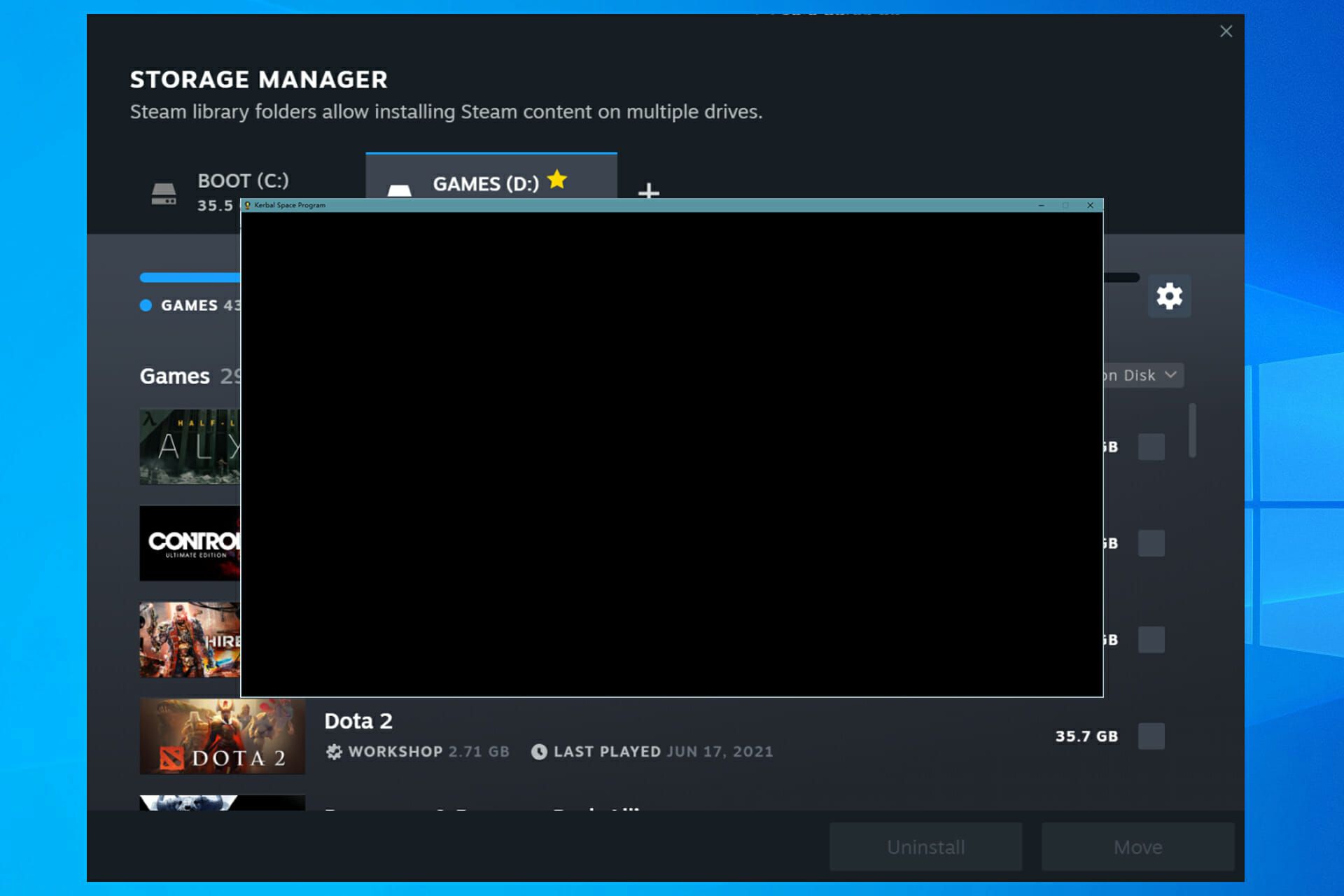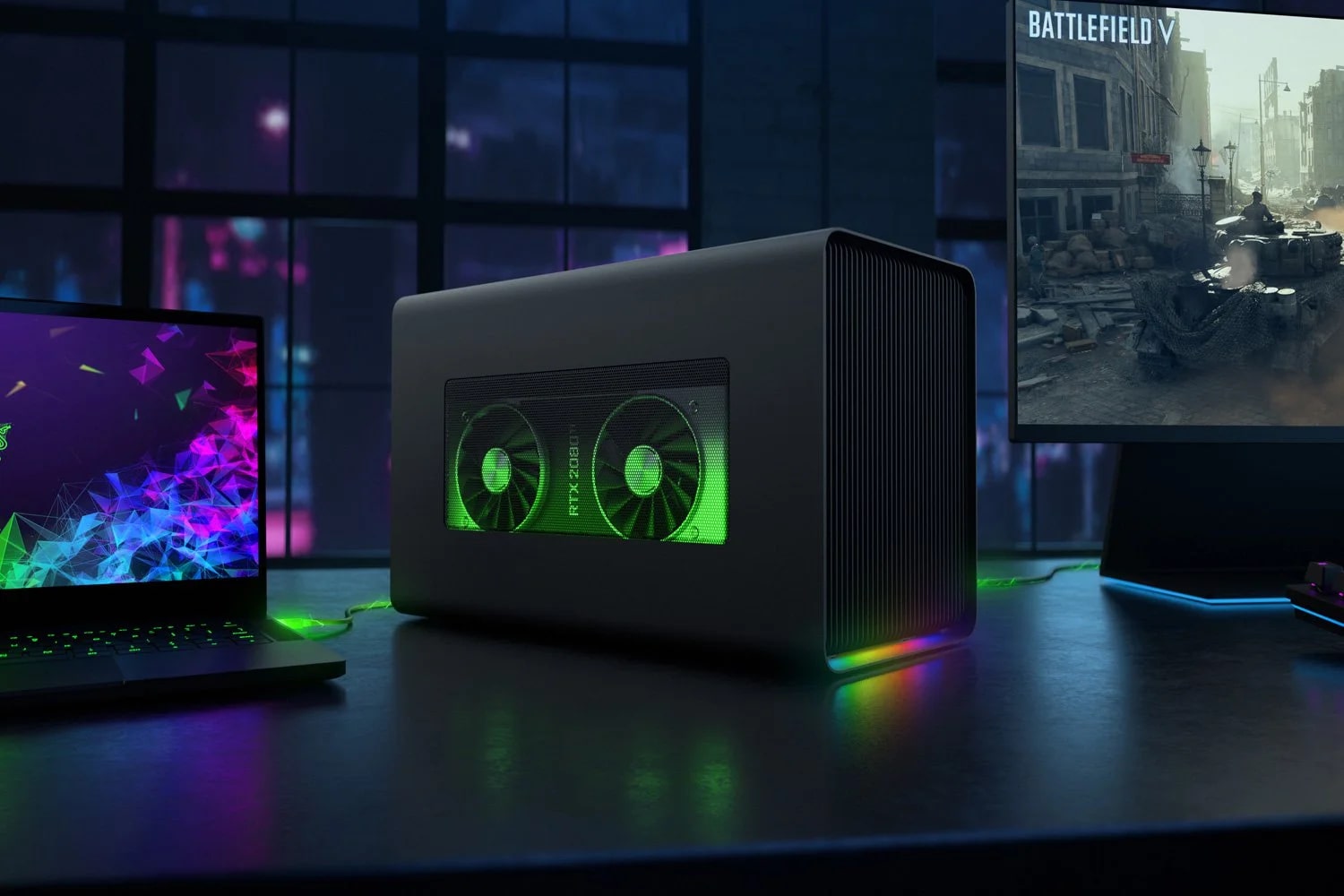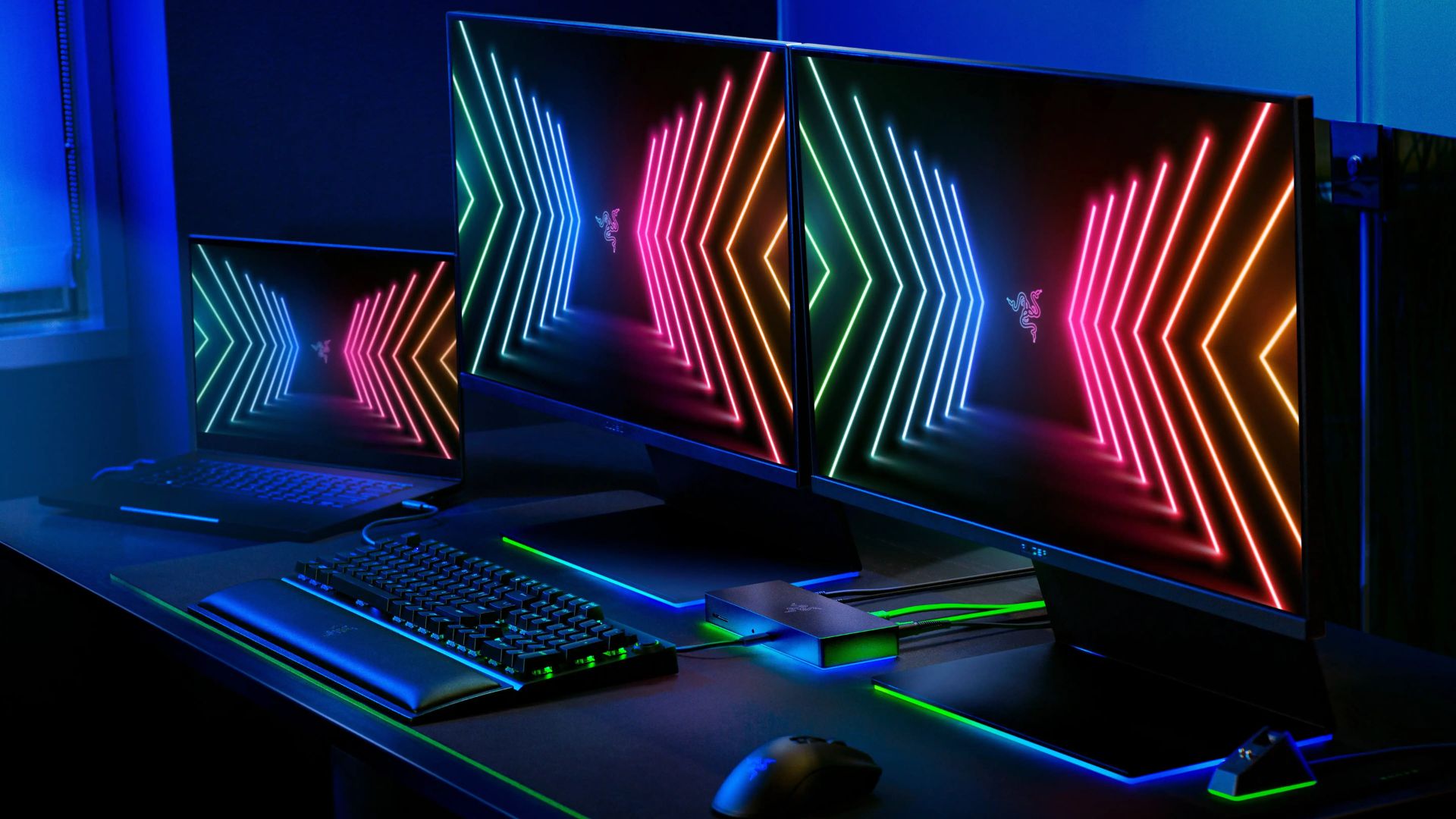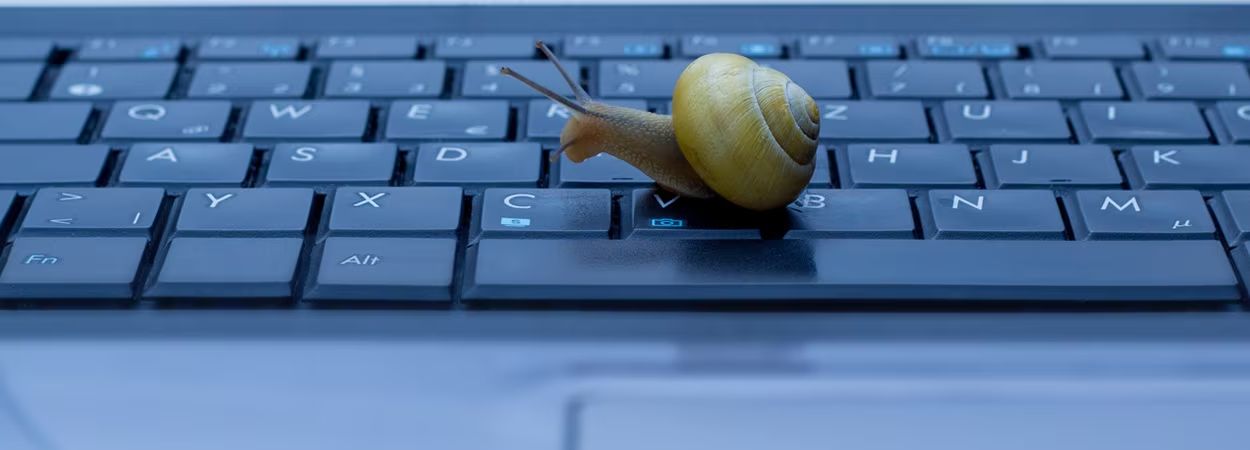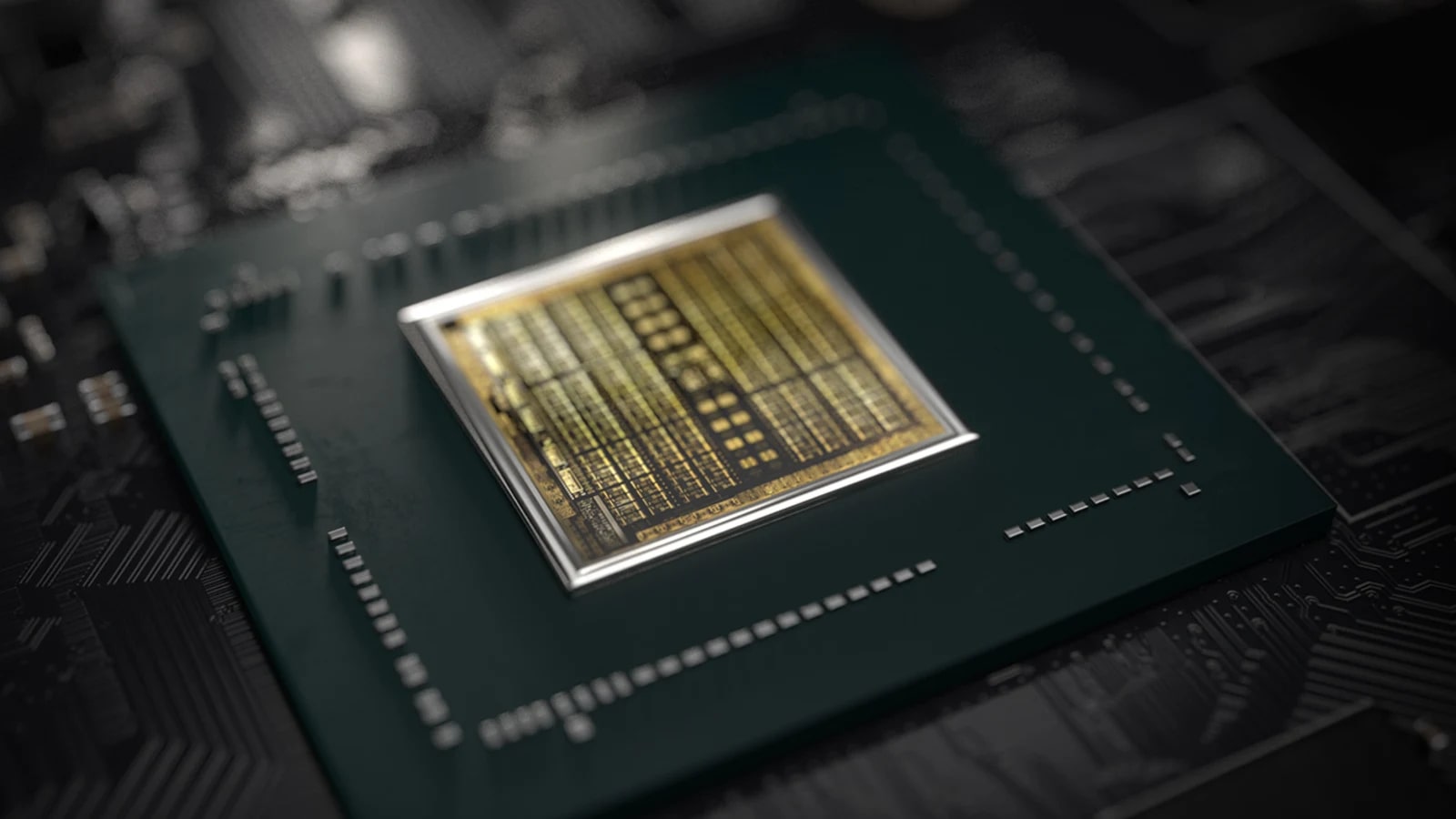Introduction
Having a powerful and up-to-date graphics card is essential for optimal performance and visual experience on your laptop. Whether you’re a gamer, designer, or simply enjoy watching high-definition videos, having the latest graphics card drivers ensures that your laptop can handle demanding graphics-intensive tasks. In this article, we will guide you through the process of updating the graphics card on your laptop.
Graphics card manufacturers regularly release driver updates to improve compatibility, enhance performance, and fix bugs. Updating your graphics card driver not only enables your laptop to take advantage of the latest technologies and features but also helps resolve any issues you may be experiencing, such as graphical glitches or system crashes.
Before jumping into the update process, it’s important to note that different laptops use different graphics cards. It’s crucial to identify the specific graphics card model installed on your laptop to ensure compatibility when searching for driver updates. Additionally, keeping your laptop’s operating system up-to-date is recommended, as newer drivers often rely on the latest OS updates to function properly.
In the next sections, we’ll provide step-by-step instructions on how to check your current graphics card, research and find compatible driver updates, download the latest drivers, and install them on your laptop. We’ll also cover some common issues you may encounter during the update process and how to troubleshoot them. Let’s dive in!
Importance of Updating Graphics Card on a Laptop
Updating the graphics card on your laptop is crucial for several reasons. Let’s explore why keeping your graphics card up to date is important:
1. Enhanced Performance: One of the primary benefits of updating your graphics card is improved performance. Newer drivers often come with optimizations and bug fixes, resulting in smoother gameplay, faster rendering for design tasks, and overall better performance in graphics-intensive applications.
2. Compatibility: Software developers constantly release updates that are designed to take advantage of the latest graphics technologies. By updating your graphics card, you ensure that your laptop can run the latest software and games without any compatibility issues.
3. Bug Fixes: Graphics card driver updates often include bug fixes for known issues. Updating your driver can help resolve graphical glitches, artifacts, or display abnormalities that you may have experienced. This can significantly improve the stability and reliability of your laptop.
4. Security Patches: Like any software, graphics card drivers can have vulnerabilities that malicious actors can exploit. Updating your graphics card driver ensures that you have the latest security patches, protecting your system from potential security risks.
5. New Features and Technologies: Graphics card driver updates often introduce new features and technologies that enhance the visual experience. These can include support for higher resolutions, improved 3D rendering, better color accuracy, and advanced display settings. By updating your graphics card, you can take advantage of these latest advancements.
Keep in mind that different graphics card manufacturers offer different levels of driver support and updates. It’s important to regularly check for driver updates from your laptop manufacturer’s website or the official website of your graphics card manufacturer.
Updating your graphics card driver may seem like a daunting task, but it is well worth the effort. In the next sections, we will guide you through the process of checking your current graphics card, finding compatible driver updates, and installing them on your laptop.
Checking the Current Graphics Card on Your Laptop
Before you can update your graphics card driver, it’s important to know the current graphics card installed on your laptop. Here are a few methods to check the graphics card:
- Device Manager: The Device Manager is a built-in Windows tool that allows you to view and manage the hardware devices on your laptop. To access it, right-click on the Start button, select “Device Manager,” and expand the “Display Adapters” category. Here, you will find the name of your graphics card.
- System Information: Another way to check your graphics card is by using the System Information tool. To access it, press the Windows key + R to open the Run dialog box, type “msinfo32,” and press Enter. In the System Information window, click on “Components” in the left sidebar and then expand “Display.” Here, you will find the name of your graphics card.
- Third-Party Tools: There are also third-party software tools available, such as GPU-Z and Speccy, that provide detailed information about your graphics card. These tools not only display the name of your graphics card but also provide additional details like memory size, driver version, and GPU temperature.
Once you have identified the graphics card model, make a note of it as you will need this information when searching for driver updates in the next steps.
It’s important to mention that some laptops may have two graphics cards: an integrated GPU (usually from Intel) and a discrete GPU (such as NVIDIA or AMD). In such cases, the integrated GPU handles basic tasks to conserve power, while the discrete GPU is used for more demanding applications. Make sure to identify both graphics cards if your laptop has dual graphics.
Now that you have checked the current graphics card on your laptop, it’s time to move on to the next step: researching and finding compatible driver updates.
Research and Find Compatible Driver Updates
Once you have identified the graphics card model on your laptop, the next step is to research and find compatible driver updates. Here’s how:
- Laptop Manufacturer’s Website: Start by visiting the official website of your laptop manufacturer. Look for the support or downloads section and search for drivers specifically designed for your laptop model. Laptop manufacturers often provide customized graphics drivers that are optimized for their hardware configurations.
- Graphics Card Manufacturer’s Website: If you have a dedicated graphics card from manufacturers like NVIDIA, AMD, or Intel, you can also check their official websites for driver updates. Look for the support or drivers section and search for drivers that match your specific graphics card model.
- Automatic Driver Update Tools: Alternatively, you can use automatic driver update tools like Driver Booster, Driver Easy, or AMD Driver Autodetect, which scan your system and fetch the latest compatible drivers for your graphics card. Keep in mind that these tools may not always provide the most up-to-date drivers, so it is recommended to cross-check with the manufacturer’s website.
When choosing a driver update, it’s important to select the correct one that matches your operating system and graphics card model. Make sure to download the driver from a reputable source to avoid installing malware or incompatible software.
As a precautionary measure, consider creating a system restore point before installing any driver updates. This allows you to revert back to the previous driver version if you encounter any issues during or after the installation process.
Now that you’ve found a compatible driver update for your graphics card, it’s time to proceed to the next step: downloading the latest drivers onto your laptop.
Downloading the Latest Graphics Card Driver
Now that you have identified a compatible driver update for your graphics card, it’s time to download the latest drivers onto your laptop. Here’s how you can do it:
- Laptop Manufacturer’s Website: If you choose to download the driver from your laptop manufacturer’s website, navigate to the support or downloads section and locate the driver update specifically designed for your laptop model. Look for the latest version that matches your operating system and graphics card model. Download the driver installation file to a location on your laptop.
- Graphics Card Manufacturer’s Website: If you decide to download the driver update from the graphics card manufacturer’s website, visit their official website and look for the support or drivers section. Search for the latest driver that matches your graphics card model and operating system. Download the driver installation file to a location on your laptop.
- Automatic Driver Update Tools: If you are using automatic driver update tools, follow the on-screen instructions to download and install the latest driver for your graphics card. These tools usually download the drivers from the respective manufacturer’s websites or their own databases.
During the download process, ensure a stable internet connection to avoid interruptions. Depending on the driver file size and your internet speed, the download may take a few minutes.
It’s important to note that some driver installations may be packed in a compressed format (e.g., .zip or .rar). You will need to extract the files from the compressed folder before proceeding with the installation. Most modern operating systems have built-in tools to extract compressed files, but you can also use third-party tools like 7-Zip or WinRAR.
Once the driver installation file is downloaded, you are ready to install the driver update on your laptop. The installation process will be covered in the next section.
Installing the Driver Update on Your Laptop
After downloading the latest driver update for your graphics card, it’s time to proceed with the installation process. Follow these steps to install the driver on your laptop:
- Locate the Driver Installation File: Navigate to the location where you downloaded the driver installation file. Make sure the file is accessible and ready for installation.
- Run the Driver Installer: Double-click on the driver installation file to start the installation process. If a User Account Control (UAC) prompt appears, click “Yes” to allow the installation to proceed.
- Follow the On-Screen Instructions: The installation wizard will guide you through the process. Read and follow the on-screen instructions carefully. It may prompt you to accept terms and conditions or specify installation preferences. Make the appropriate selections according to your preferences.
- Wait for the Installation: Depending on the driver and your system, the installation process may take a few minutes. During this process, avoid interrupting or closing the installation wizard to ensure the driver is installed correctly.
- Restart Your Laptop: After the driver installation is complete, it is recommended to restart your laptop to finalize the changes. This ensures that the driver updates take effect properly.
Once your laptop has restarted, the new graphics card driver should be installed and ready to use. To verify that the driver has been successfully updated, you can check the graphics card information in the Device Manager or the System Information tool, as mentioned in the earlier sections.
If you encounter any issues during or after the installation process, such as compatibility errors, system instability, or graphical glitches, consider rolling back to the previous driver version or consulting the support resources provided by your laptop or graphics card manufacturer.
Congratulations! You have successfully installed the latest driver update for your graphics card. Now, let’s explore the benefits of updating your graphics card driver on a laptop.
Troubleshooting Common Issues While Updating the Graphics Card
While updating the graphics card driver on your laptop, you may encounter some common issues. Here are a few troubleshooting steps to help you resolve these problems:
- Compatibility Errors: If you receive a compatibility error during the driver installation, double-check that you have chosen the correct driver version for your specific graphics card model and operating system. Make sure to download the driver update from a reliable source, such as the official website of your laptop or graphics card manufacturer.
- System Instability: If your laptop becomes unstable or experiences frequent crashes after the driver update, it could be due to a compatibility issue or an improper installation. Try reverting back to the previous driver version through the Device Manager or using a system restore point. Alternatively, you can consult the support resources provided by your laptop or graphics card manufacturer for further assistance.
- Graphical Glitches or Artifacts: If you notice graphical glitches, artifacts, color abnormalities, or display issues after updating the graphics card driver, it could indicate a problem with the driver or its compatibility with your hardware. Try reinstalling the driver or rolling back to the previous version. You can also adjust the display settings or perform a clean installation of the driver to ensure a fresh start.
- Driver Installation Failure: If the driver installation fails or encounters errors, make sure that you have administrative privileges on your laptop. Restart your laptop and try the installation process again. Disable any antivirus or firewall temporarily to ensure they are not interfering with the installation. If the problem persists, consult the support resources provided by your laptop or graphics card manufacturer for further guidance.
- Unresponsive or Disabled Graphics Card: In some cases, the graphics card may become unresponsive or disabled after the driver update. This could be due to a variety of reasons, such as conflicting software, driver conflicts, or hardware issues. To troubleshoot this problem, try updating other drivers on your laptop, performing a system restart, or contacting technical support for further assistance.
It’s important to note that troubleshooting steps may vary depending on your specific laptop model, graphics card, and operating system. If you’re unsure about any troubleshooting steps or encountering persistent issues, it is recommended to seek help from technical support or forums dedicated to your laptop or graphics card manufacturer.
By addressing these common issues and resolving them, you can ensure a smooth and successful update of your graphics card driver, allowing you to enjoy improved performance and the latest features on your laptop.
Benefits of Updating Your Graphics Card on a Laptop
Updating your graphics card on a laptop offers several significant benefits. Here are some of the key advantages of keeping your graphics card up to date:
- Improved Performance: One of the primary benefits of updating your graphics card is enhanced performance. The latest graphics card drivers often include optimizations and bug fixes, resulting in smoother gameplay, faster rendering for design tasks, and improved performance in graphics-intensive applications.
- Compatibility with New Software: Software developers are constantly releasing updates that make use of the latest graphics technologies. By updating your graphics card driver, you ensure compatibility with the latest software versions, allowing you to run new applications, games, and graphics-intensive software without any compatibility issues.
- Bug Fixes and Stability: Graphics card driver updates frequently include bug fixes and stability improvements. Updating your driver helps resolve graphical glitches, artifacts, or display abnormalities that you may have experienced with the older driver version. This can significantly improve the stability and reliability of your laptop.
- Access to New Features: Graphics card driver updates often introduce new features and technologies, enhancing your visual experience. These can include support for higher resolutions, improved 3D rendering capabilities, better color accuracy, and advanced display settings. By updating your graphics card, you can take advantage of these latest advancements.
- Security and Compatibility: Graphics card drivers, like any other software, can have vulnerabilities that malicious actors can exploit. Updating your graphics card driver ensures that you have the latest security patches, protecting your laptop from potential security risks. Additionally, updated drivers are often designed to work seamlessly with the latest operating system updates, ensuring compatibility and optimized performance.
- Optimal Gaming Experience: For gamers, updating the graphics card driver is crucial to ensure the best gaming experience. Not only do updated drivers provide performance improvements, but they also often include game-specific optimizations, enhancing graphics, reducing latency, and improving compatibility with the latest game releases.
It’s worth noting that the benefits of updating your graphics card may vary depending on your specific laptop model, graphics card, and the applications you use. It’s recommended to keep your graphics card driver updated regularly to take advantage of the latest enhancements.
Now that you’re aware of the benefits of updating your graphics card, let’s wrap up with a brief summary of the key points discussed in this article.
Conclusion
Updating the graphics card on your laptop is crucial for optimal performance, compatibility, and a seamless visual experience. By regularly updating your graphics card driver, you can enjoy several benefits, including improved performance in games and graphics-intensive applications, compatibility with new software releases, bug fixes, access to new features, enhanced security, and stability.
To update your graphics card, start by checking the current graphics card model on your laptop using tools like Device Manager or System Information. Then, research and find compatible driver updates from either your laptop manufacturer’s website or the official website of your graphics card manufacturer. You can also use automatic driver update tools to simplify the process.
Once you have downloaded the latest driver, proceed with the installation by following the on-screen instructions. In case of any issues, refer to troubleshooting steps specific to that problem or seek help from technical support resources.
Remember to create a system restore point before installing any driver updates and ensure a stable internet connection for smooth downloads. Consider restarting your laptop after installing the driver for the changes to take effect.
By keeping your graphics card up to date, you can unlock the full potential of your laptop and ensure an optimal visual experience for various activities, such as gaming, graphic design, and multimedia consumption.
So, take the necessary steps to update your graphics card driver today and enjoy the improved performance, compatibility, and visual experience it brings to your laptop.







